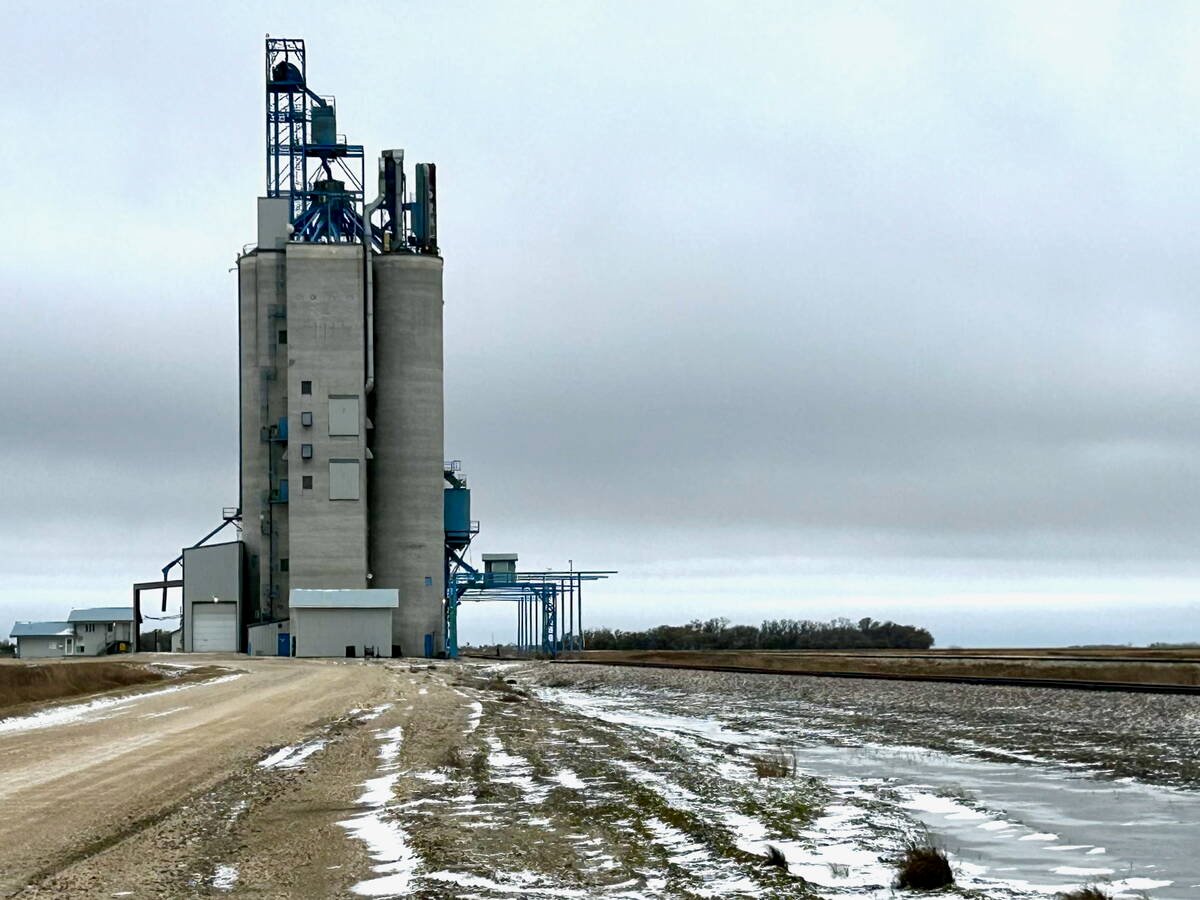Manitoba’s beleaguered hog and cattle farmers aren’t expected to bounce back quickly, even if U.S. country-of-origin labelling is dismantled soon.
Some farmers have been knocked out of the industry and aren’t around any more. Others will be cautious while rebuilding their production.
“Will producers just get up and reignite their production and refill their barns? Absolutely not,” said Rick Bergmann, a hog producer from Steinbach, Man., and chair of the Canadian Pork Council.
“The damage has been done.”
Cow-calf producers are also not expected to increase production to where they would have been if COOL had not been imposed.
Read Also

Manitoba grain elevator ownership expands
Carman-based Linear Grain buys Fannystelle elevator from Bunge, another three elevators sold to Morden’s BP & Sons Grain and Storage Inc.
“It’s tough to see any expansion happening yet,” said Heinz Reimer, a cattle producer from Steinbach and president of Manitoba Beef Producers.
Manitoba’s hog and cattle industries are considered to have been hit the hardest by COOL in Western Canada.
Many of Manitoba’s weanling pig producers relied on U.S. buyers because there are not enough feeder barn spaces in Canada to take weanlings if they don’t go to the United States. Many U.S. hog farmers refused to buy Canadian weanlings when COOL became law and U.S. packers began banning or restricting the delivery of Canadian-born hogs.
Southern Manitoba weanling producers were suddenly faced with thousands of piglets they couldn’t sell on either side of the border and no way to keep them on the farm because new piglets were arriving every week.
“In the sow world, when you wean an animal, within 24 hours it needs to be on a trailer heading south,” said Bergmann.
Many farmers shut their sow barns and walked away, Bergmann said. Many of them are now ex-farmers and won’t come back.
COOL had a less direct impact on Manitoba cattle producers, but it also caused production to bleed away. The province’s cow herd has shrunk more than in Saskatchewan and Alberta in recent years.
Western Canada’s packers are in Alberta, but feedlots in the U.S. Midwest often bought yearlings from cow-calf producers in Manitoba.
Many of those feedlots stopped buying Manitoba cattle after COOL was implemented, which eliminated that market as an option.
Reimer said the price impact on Manitoba farmers was about $100 per animal, which is similar to that across Canada.















